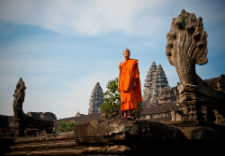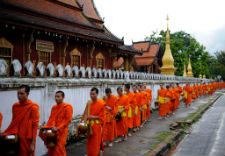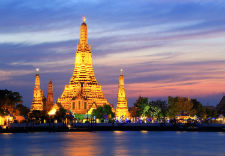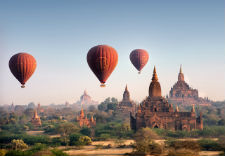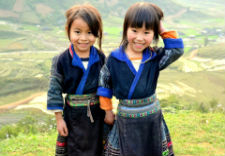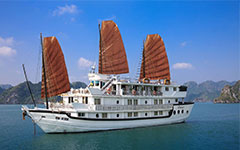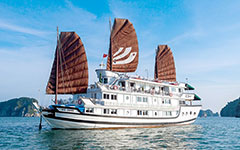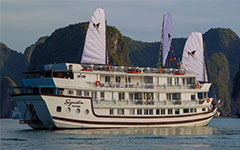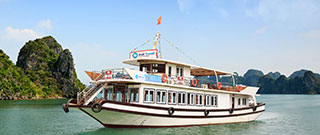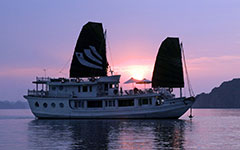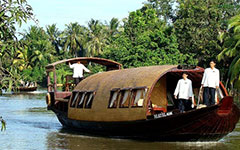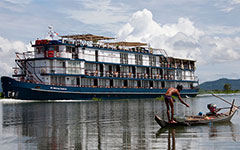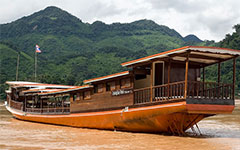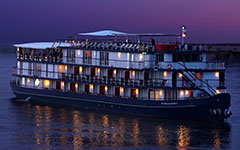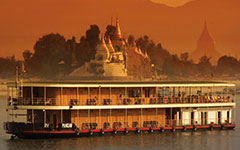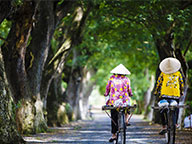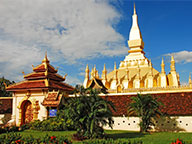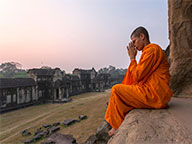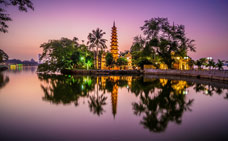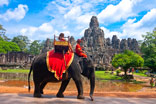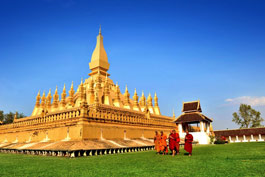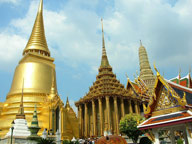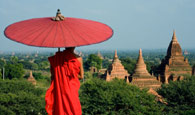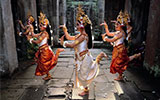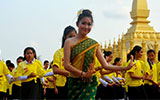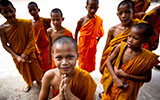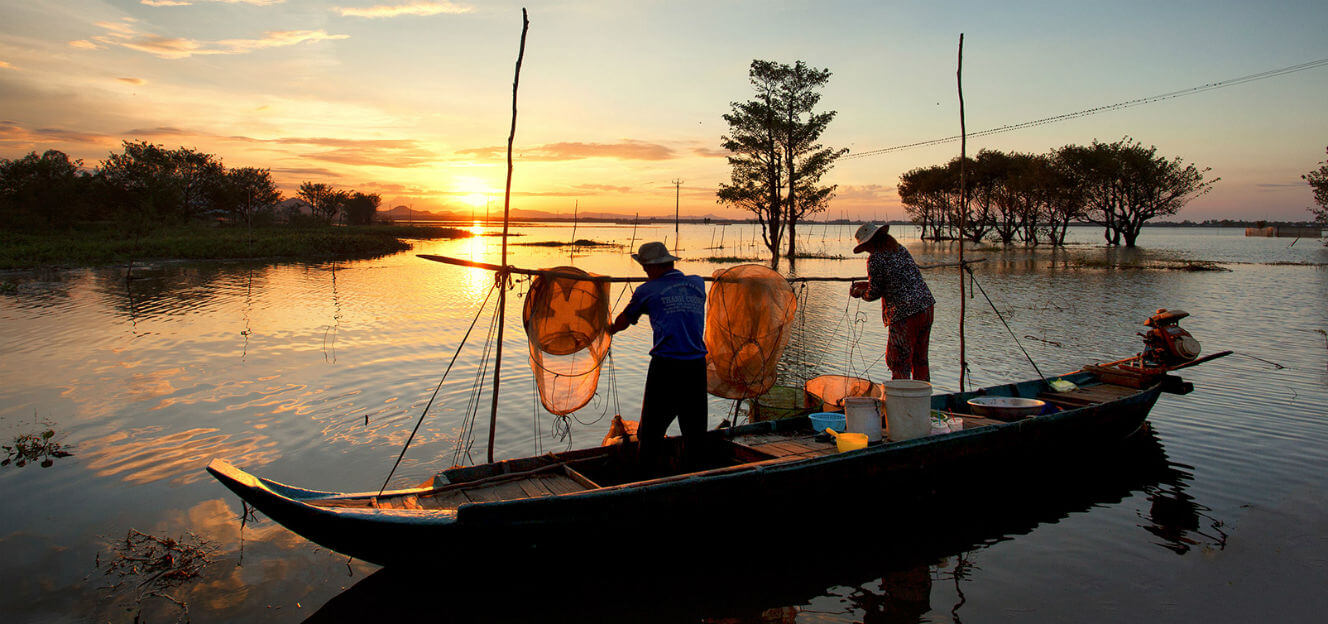Weather & Climate Laos
Best time to visit
Probably the best time travel in Laos is between November and February -the temperatures and rainfall are lower.May to July is a good period for those planning to travel in the mountainous northern provinces. The higher altitudes mean temperatures will be lower and at this times the rainfall is still reasonably low. Popular times for tourists are December to February and August.
Climate
Laos has three distinct seasons:
- The hot season is from March to May, when temperatures can soar as high as 40°C.
- The slightly cooler wet season is from May to October, when temperatures are around 30°C, tropical downpours are frequent (especially July-August), and in some years the Mekong floods.
- The dry season from November to March, which has low rainfall and temperatures as low as 15°C (or even to zero in the mountains at night), is "high season" (when the most tourists are in the country). However, towards the end of the dry season, the northern parts of Laos — basically everything north of Luang Prabang — can become very hazy due to farmers burning fields and fires in the forests.
- Northern Laos : hilltribe villages, mountains and the remarkably charming former capital
- Central Laos : south-east Asia's sleepiest capital city and rural countryside
- Southern Laos: the Mekong flatlands, more mountains and the area least visited by tourists
Lightweights and rainwear, with warmer layers from October to March and for upland areas. If you come during the monsoon summer months, bring lightweight waterproofs, an umbrella and some leech oil for trekking. Bring a swimming costume for hotel swimming pools too.
Natural disasters
The rainy season normally runs from May to November and tropical storms, typhoons, flooding and landslides are more likely to occur during this time of year. The Mekong River Commission website contains information on flood levels for the Mekong River. For further information on what to do in the event of a typhoon,
Earthquakes and tremors have been recorded in the border areas of Laos, Burma and Thailand.
If a natural disaster occurs, travellers should follow instructions from local authorities, monitor media and weather reports, and check with tour operators before travelling to affected areas.

